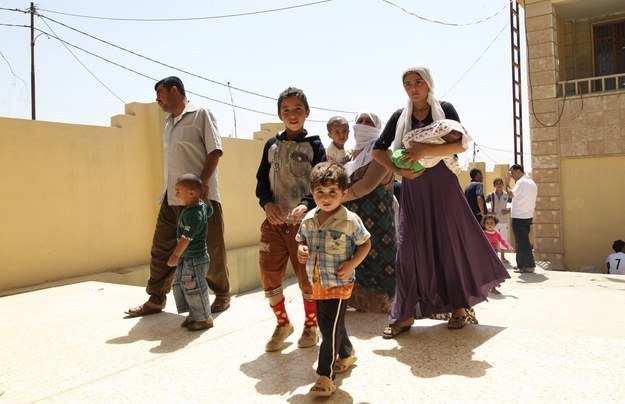1. For the first time since the U.S. withdrew troops from Iraq in 2011, U.S. fighter jets bombed northern Iraq Friday to thwart what President Obama described as a potential "genocide" at the hands of the ultra-violent "Islamic State" (IS).
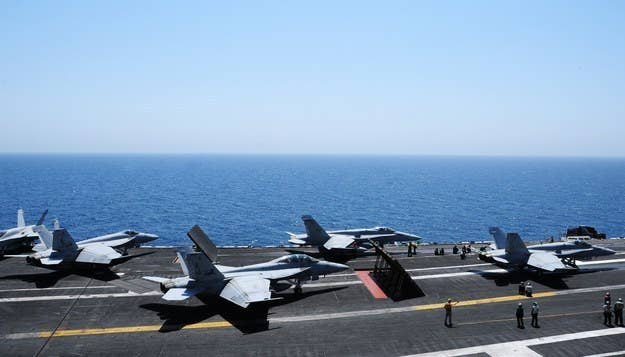
2. The self-described "Islamic State" first appeared as an al-Qaeda offshoot after the 2003 U.S.-led invasion of Iraq and the bloody Sunni insurgency and civil war that followed. IS has comprised different groups and names, with mergers and breaks over time.

3. The group officially changed its name to "Islamic State" in June. Before that, IS most recently went by Islamic State of Iraq and Sham (ISIS), Arabic for Syria. Sham can also be translated as Levant, hence some use ISIL instead of ISIS.
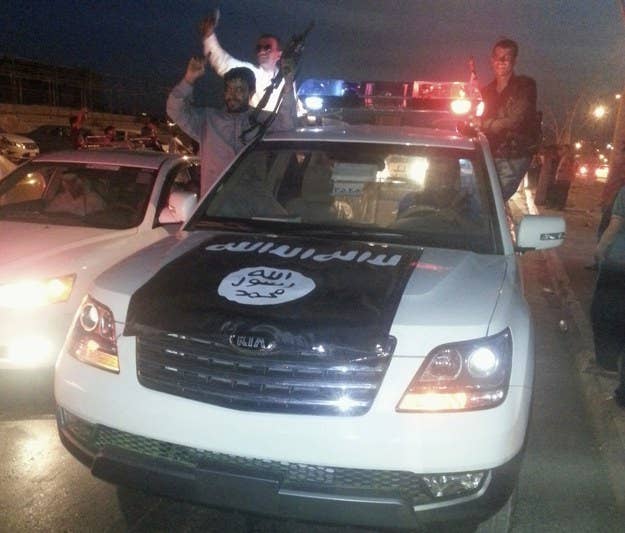
4. The group expanded into Syria in 2011, taking advantage of the security vacuum created after the country's uprising shifted from non-violence into an all-out bloody regional battle. Abu Bakr al-Baghdadi, once a top al-Qaeda leader in Iraq, led them there.

5. IS attracted members with its reputation as the most fearsome and fundamentalist group. Global jihadi funders also kept them well-armed and financed. In 2013, the group conquered Raqaa in eastern Syria and claimed it the capital of its "Islamic State."
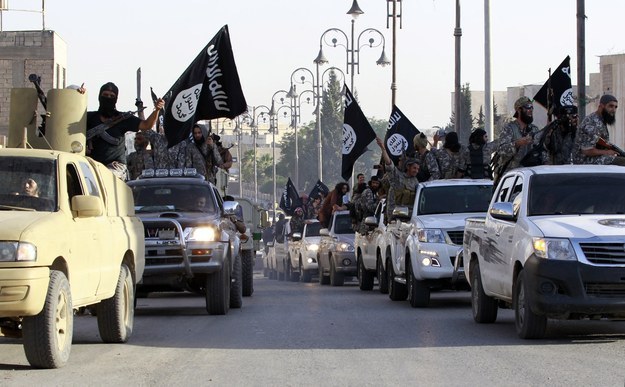
6. As IS advanced across eastern Syria, their ultra-violent tactics, like public beheadings, alienated many rebels. In January, rebel groups joined forces to try to oust IS. Al-Qaeda's branch in Syria, al-Nusra Front, joined in against IS in February.
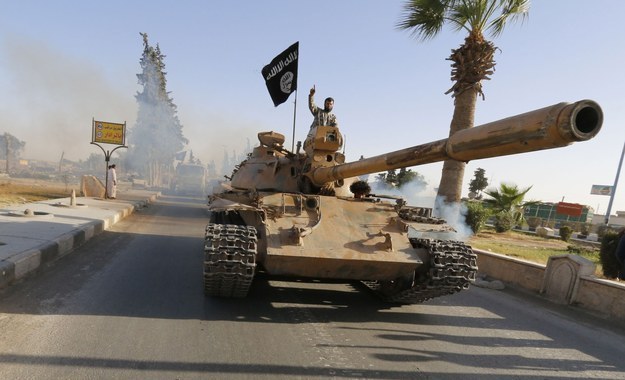
7. IS initially lost some ground in Syria. But in the months that followed it regrouped and refocused — and soon had a growing presence in Iraq, which was already facing one of the deadliest and most dangerous periods since the U.S. occupation.

8. In recent years, many Iraqis, particularly Sunnis, had grown angry with Prime Minister Nouri al-Maliki's increasingly authoritarian rule, and the corruption, abuse, and sectarianism rampant in Iraq's security forces and Shia-dominated government.

9. In January, IS and other Sunni militants took over much of Iraq's Anbar province—once a center of the Sunni insurgency—where it preyed off long-simmering political instability to attract support from local groups angry at Iraq's government and police.
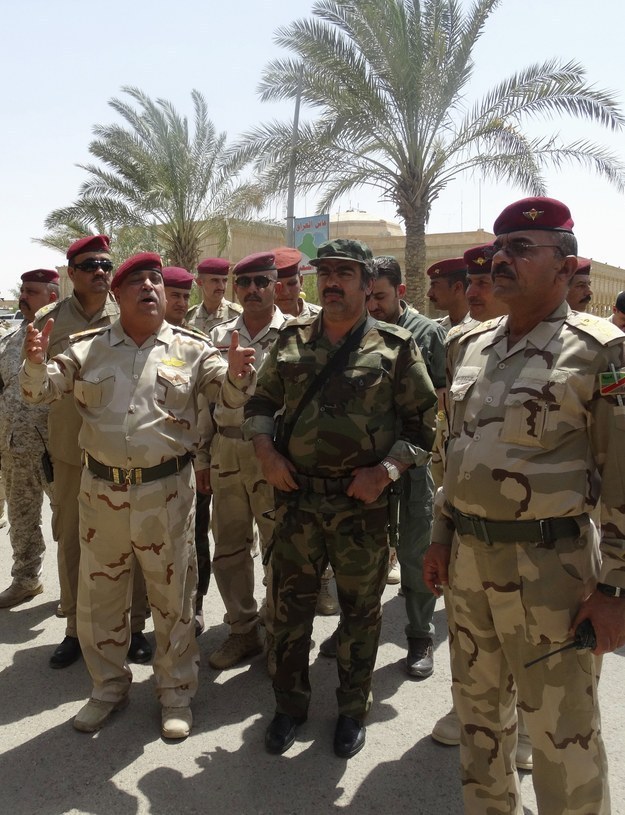
10. In Anbar, IS first captured Fallujah — where the U.S. had fought bloody battles — and much of nearby Ramadi. IS now controlled a contiguous territory from Syria to Iraq, a significant military and symbolic defeat for Iraqi and U.S. policymakers.
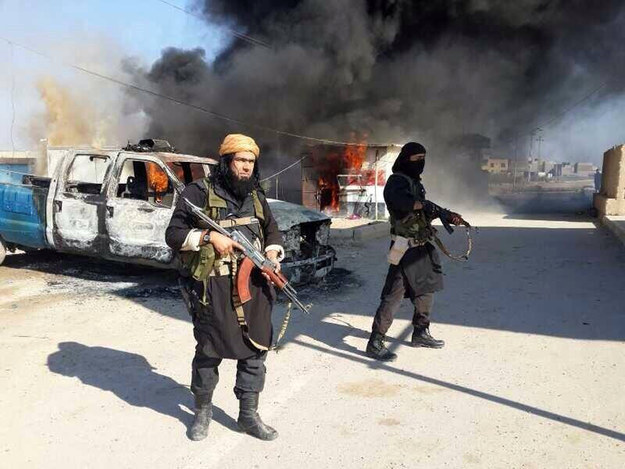
11. Over the next six months, IS terrorized Iraqi security forces and sent half a million Iraqis fleeing. At the same time, IS built alliances with local tribes and militias, many of whom had supported the Sunni insurgency and Saddam's Baath party.
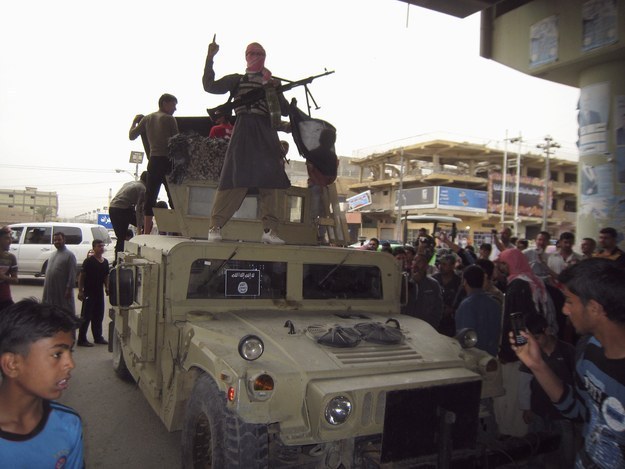
12. After months of small battles, on June 10 IS seized the city of Mosul, Iraq's second largest city. Iraq's poorly trained and under resourced soldiers abandoned the city and left their U.S tanks and weapons behind.

13. Widespread panic ensued. Fearful Iraqi soldiers deserted the military en masse as IS seized airports and government buildings. Around 500,000 Iraqis fled north from Mosul to Iraq's Kurdish region, considered the country's safest.
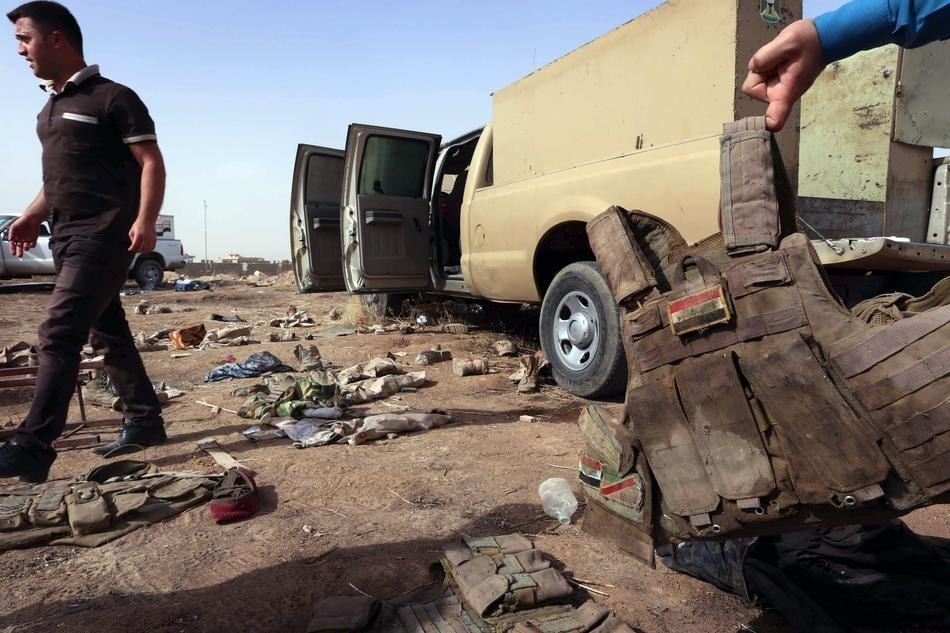
14. In the days that followed, IS continued to advance further into Iraq, seizing the city of Tikrit and nearby towns. With Iraq's army weakened, Kurdish troops decided to take control of Kirkuk and extend forces to protect other towns from IS' advance.
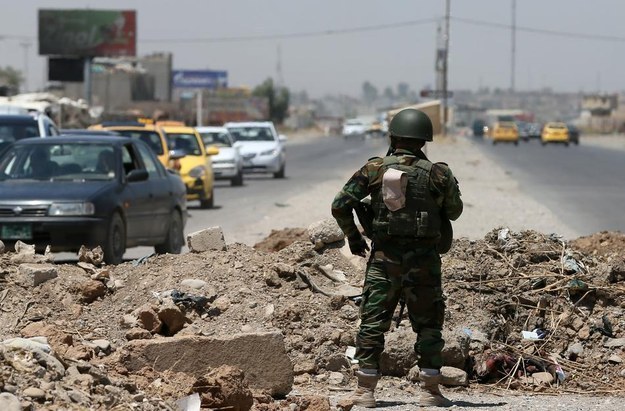
15. By June 2014, IS had an estimated 6,000 fighters in Iraq and 5,000 in Syria, including 3,000 foreign fighters, according to The Economist. U.S. and European officials worried that radicalized IS fighters could return home to carry out attacks.
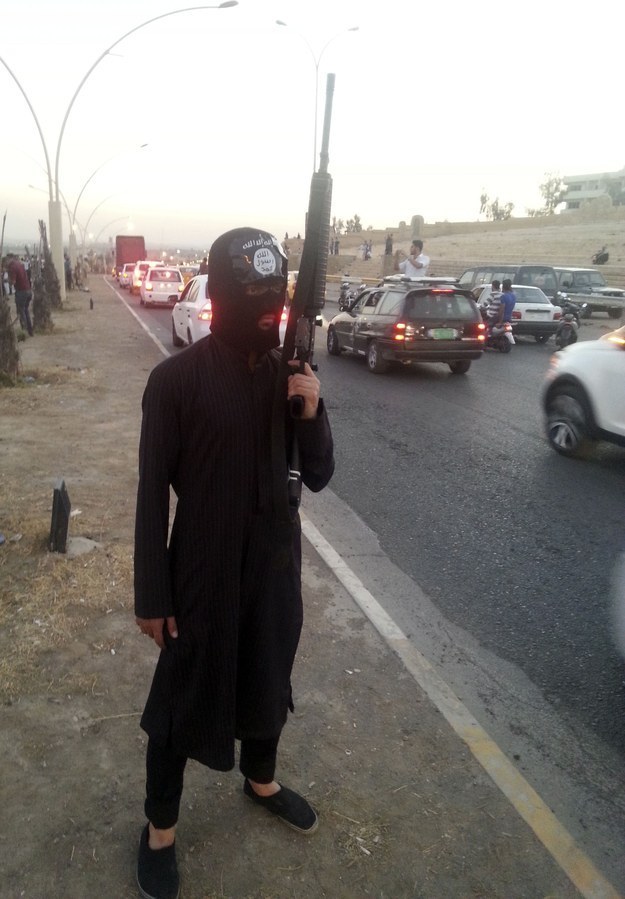
16. Meanwhile, Iraq's government remained paralyzed by long-standing divides. Maliki urged Iraqis to sign up for the army, but the parliament failed to authorize further action. Iranian leaders offered to support Maliki, raising fears of a regional conflict.
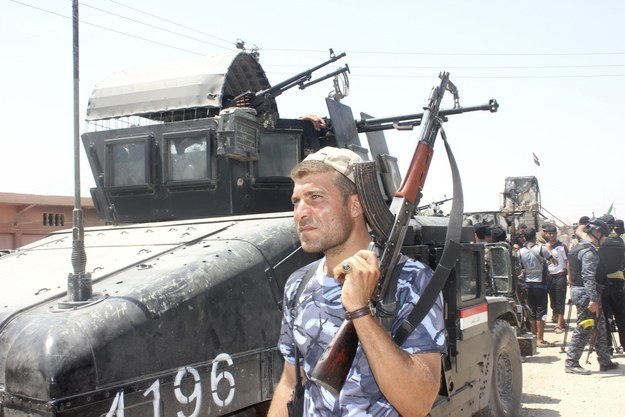
17. U.S. officials fretted over the regional ramifications of IS' swift advance, especially in Iraq's oil-rich west. On June 12, Obama said he was considering how to help — "I don't rule out anything" — but then clarified to rule out U.S ground troops.
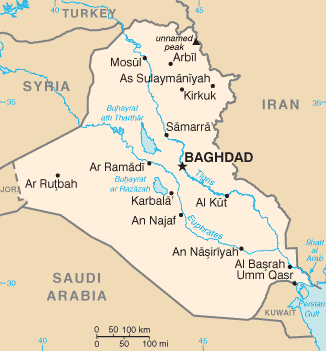
18. Panic over IS soon spread to the capital Baghdad, as more and more underpaid soldiers fearful of IS deserted. On June 21, Shiite militias marched through Baghdad in a scene reminiscent of when sectarian militias divided Baghdad during the civil war.
View this video on YouTube
Many Sunni Iraqis also started to flee Baghdad after Mosul's capture, fearful that IS' advance would set off another round of sectarian bloodletting.
19. While U.S. and world attention shifted from Iraq to other news, IS continued to advance. On July 19, IS ordered the remaining Christians of Mosul to convert, pay a tax, leave — or die. In the following days, thousands fled, leaving everything behind.
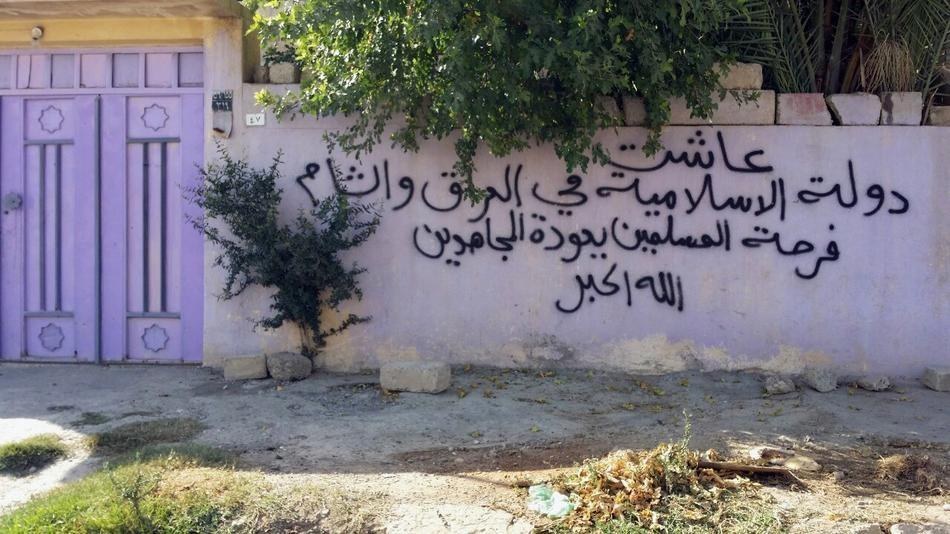
20. Then IS came for the Yazidi, a Kurdish religious minority they consider devil worshippers. On Aug. 3, IS overran Kurdish troops and swept through Sinjar and several other towns, sending as many as 200,000 people fleeing to Kurdistan.
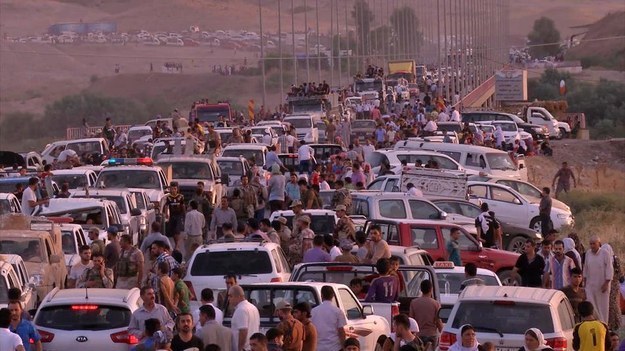
21. Of those who fled, up to 40,000 Yazidi escaped to Mount Sinjar, where they began to starve as IS waited below. On Aug. 5, a Yezidi member of Iraq’s parliament made an emotional appeal to the world to stop the “butchery” of her people.
View this video on YouTube
22. Then on Aug. 7, IS took over Qarqoush, Iraq's largest Christian city, and several other towns, sending hundreds more Iraqi families fleeing, many to Kurdistan. That same day IS said it captured the Mosul dam, which it could use to flood the region.
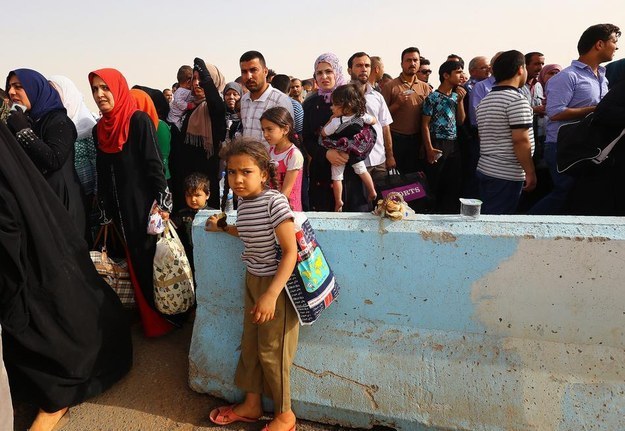
23. International outrage over IS' brutality and the plight of Iraq's minorities grew. On Thursday, the White House called the situation a “humanitarian catastrophe,” and announced that Obama was weighing limited action.

24. On Thursday, the U.S. said it had begun humanitarian aid drops to the stranded Yazidi. Late that evening, Obama announced that he had authorized limited airstrikes on IS fighters if the group attacked Irbil.
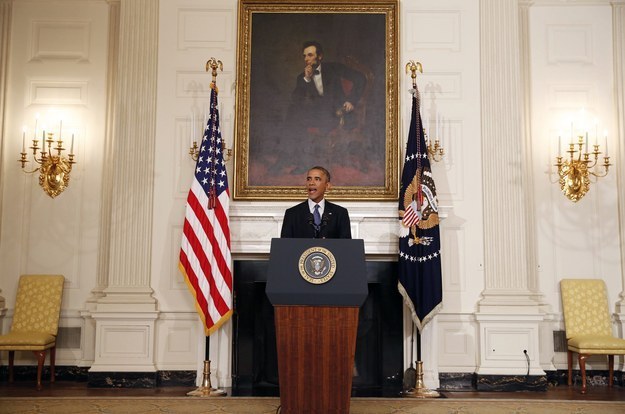
25. The next day, U.S. fighter jets dropped bombs on IS forces that the U.S. said had fired artillery shells at Kurdish forces defending Irbil. The U.S. did not release details on how many died in the attack.
View this video on YouTube
The Pentagon released this video of a U.S. airstrike by a F/A-18 on a target in Northern Iraq on Aug. 8.
26. In Iraq, after a decade of war, domestic divides, and foreign interventions, U.S officials have continued to stress that there is no military solution — and that Iraq ultimately must find a "political solution" to its problems, IS among them.
